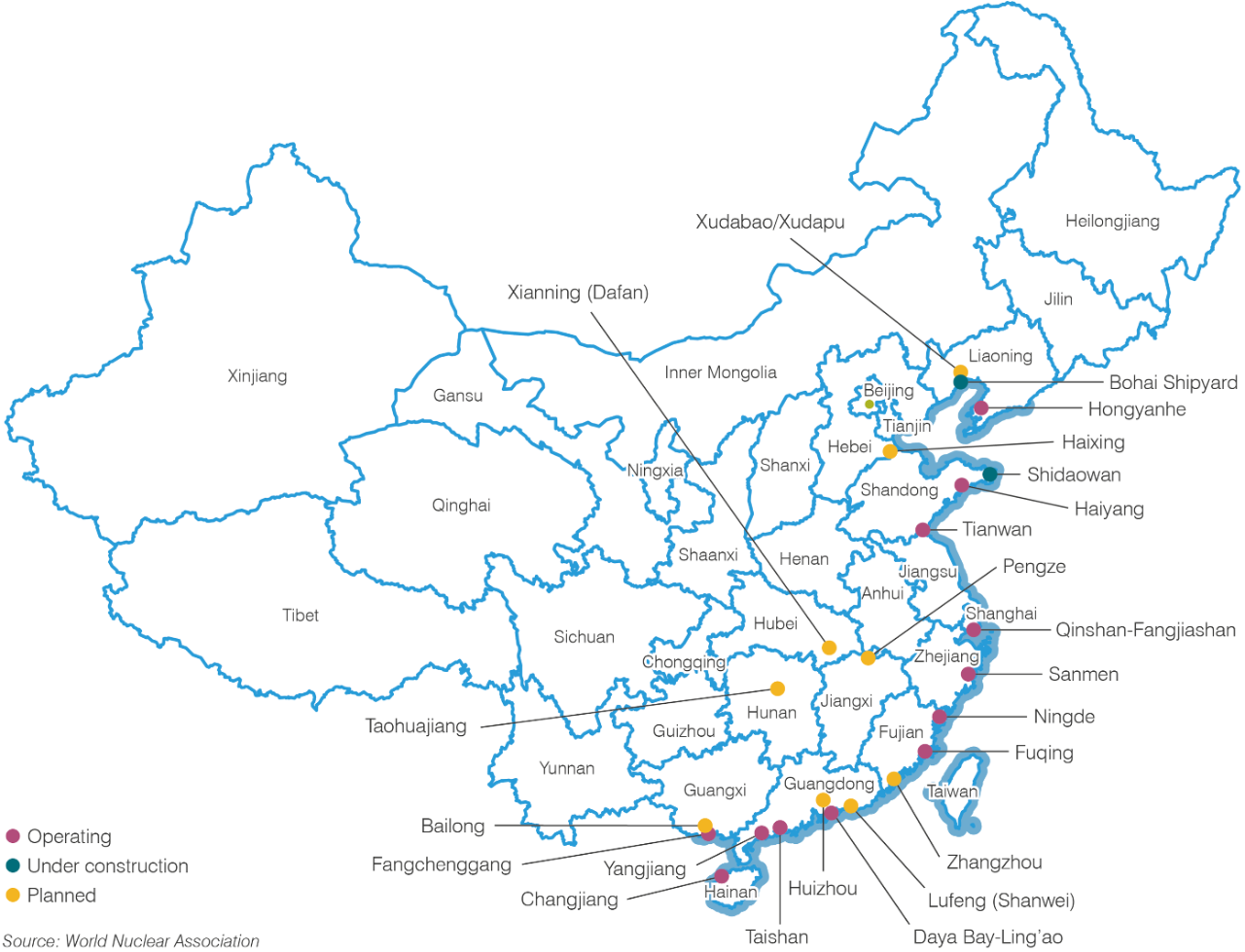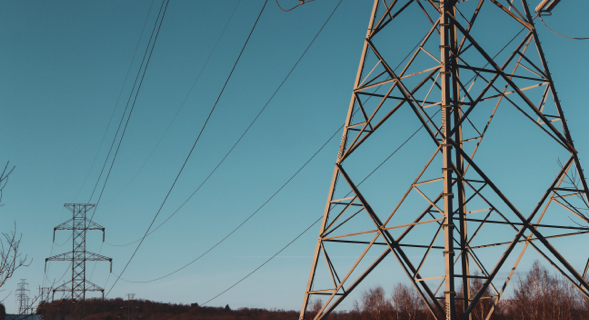Nuclear power is playing an increasingly important role in China’s decarbonization journey. To meet China’s goal of achieving carbon neutrality by 2060, a total nuclear power capacity of 18 GWe is expected to be built during the China 14th Five-Year Plan. Accordingly, nuclear power is projected to reach about 10% of the national electricity generation by 2035. With the plan having identified further coastal nuclear power plant sites, it is generally expected that nuclear power will take a more prominent role in China in the coming decades.
Starting from the indigenous Qinshan pressurised water reactor (PWR) and imported Daya Bay French PWR beginning commercial operation in 1990s, the nuclear technology in China has been drawn from France, Canada, and Russia. Among these nuclear technologies, China develops the CPR series nuclear reactors which is based largely on the French element and ultimately produces an indigenous advanced PWR reactor design - Hualong One (HPR1000). Besides, the latest acquisition of the Westinghouse AP1000 technology from the USA has led to the indigenous Chinese reactor - Guohe one (CAP1400).
In addition, the world's largest and the first of its kind European Pressurised Water Reactor (EPR) units were built at Taishan in Guangdong province to give a complete picture of generation III commercialised reactors.
China is also constantly developing advance nuclear power technologies. Some demonstration projects such as the High Temperature Gas Cooled pebble bed modular reactor and the fast breeder reactor are also being built.








